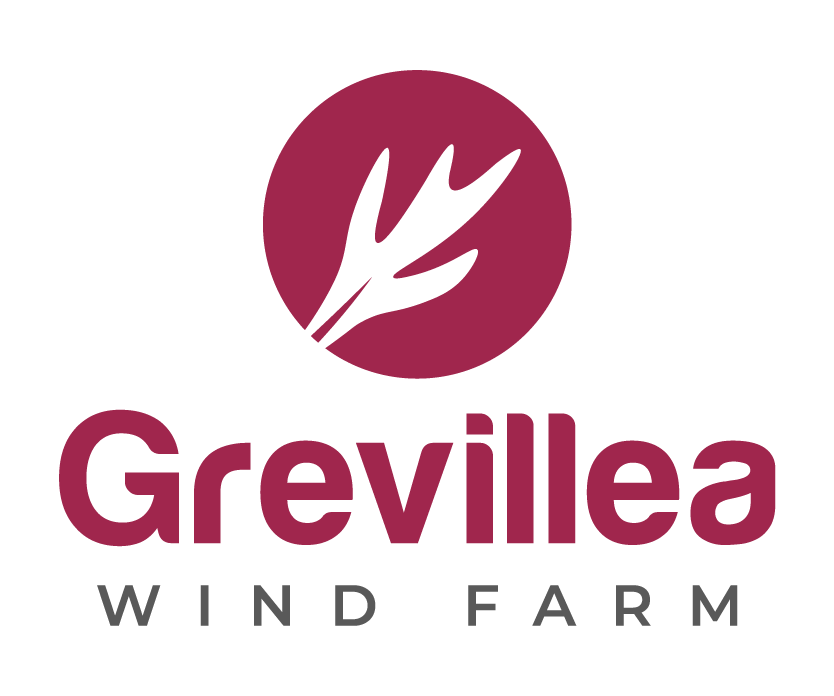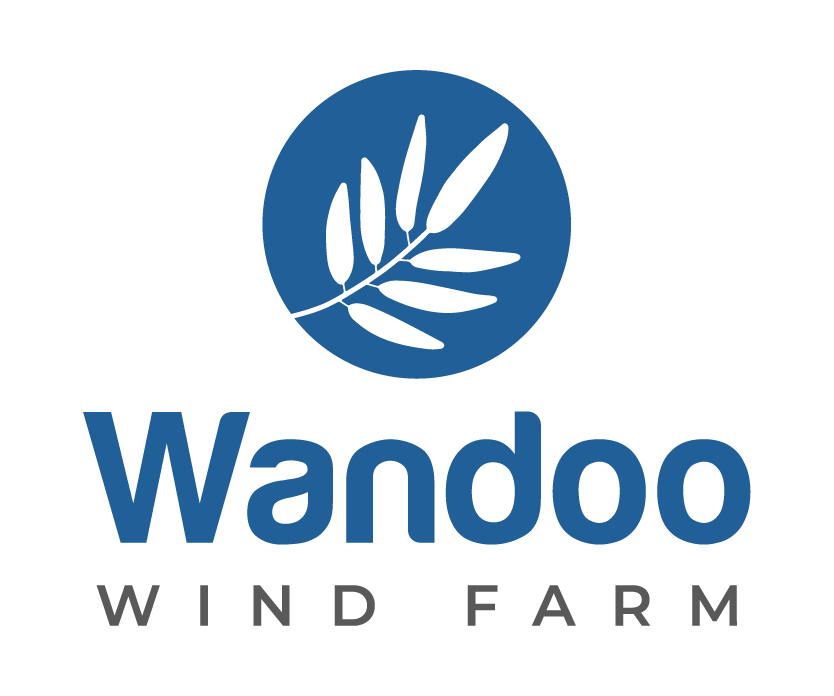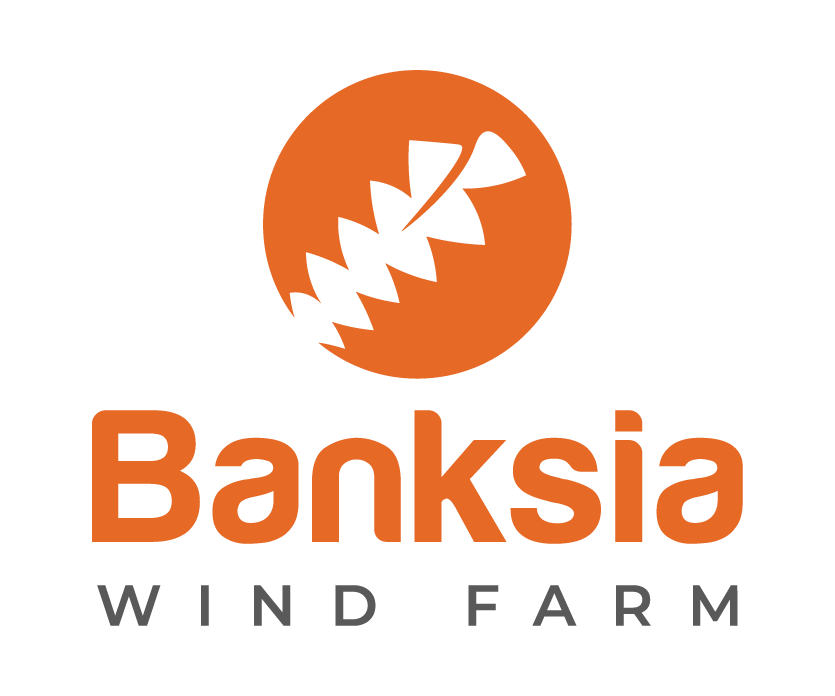When determining whether sites are suitable for wind turbines, we take into consideration a number of factors, including the following:
Wind Resource: An excellent wind farm site is characterised by consistently strong and predictable wind speeds. Open areas such as farmland, ridges, and coastal regions often provide optimal conditions for harnessing wind energy. The average wind speed is a crucial factor. Wind farms typically perform better in areas with higher average wind speeds, ensuring a steady and reliable energy output.
Wind Turbulence: Sites with minimal wind turbulence are preferable. Turbulence, caused by obstacles like buildings or hills, can reduce the efficiency and lifespan of wind turbines.
Land Use Compatibility: Identifying sites that allow for the coexistence of wind farms with other land uses, such as agriculture, is crucial. Proper spacing of turbines and consideration of existing land uses ensure harmony with the local environment.
Community Acceptance: Gaining community support is crucial for the success of a wind farm project. Engaging with local communities, addressing concerns, and providing tangible benefits, contribute to positive community relations.
Geographical Features: Coastal areas, hills, and ridges can enhance wind flow, making these locations suitable for wind farm installations. However, dense forests or complex terrain may disrupt wind patterns. Flat or gently rolling terrain is often preferred for ease of construction and maintenance. Steep slopes or challenging topography may increase operational complexity.
Environmental Impact: Conducting thorough environmental impact assessments is essential to minimise the impact on local ecosystems, wildlife, landowners, neighbours and nearby communities. Preservation of biodiversity and minimal disturbance to the natural environment are key considerations.
Infrastructure Accessibility: Proximity to existing infrastructure, including roads and power lines, simplifies the construction and operation of a wind farm. Well-developed infrastructure helps reduce costs and facilitates grid connection. Proximity to a robust transmission network is important for efficiently delivering the generated electricity to consumers.
Regulatory and Zoning Considerations: Compliance with local regulations and zoning requirements is essential. Obtaining permits and adhering to guidelines ensures a smooth and legally compliant development process.
A combination of favourable wind conditions, environmental sustainability, community support, and logistical considerations defines an ideal site for a wind farm. Comprehensive assessments and careful planning ensure the successful development and long-term viability of the project.
Most wind farm developments have occurred on land where the wind farm developer has approached the landholder. There are, however, examples of wind farms occurring where a wind farm developer has first been approached by a landholder. However, landholders should be aware that the not all “windy” sites are suitable for a wind farm development.





